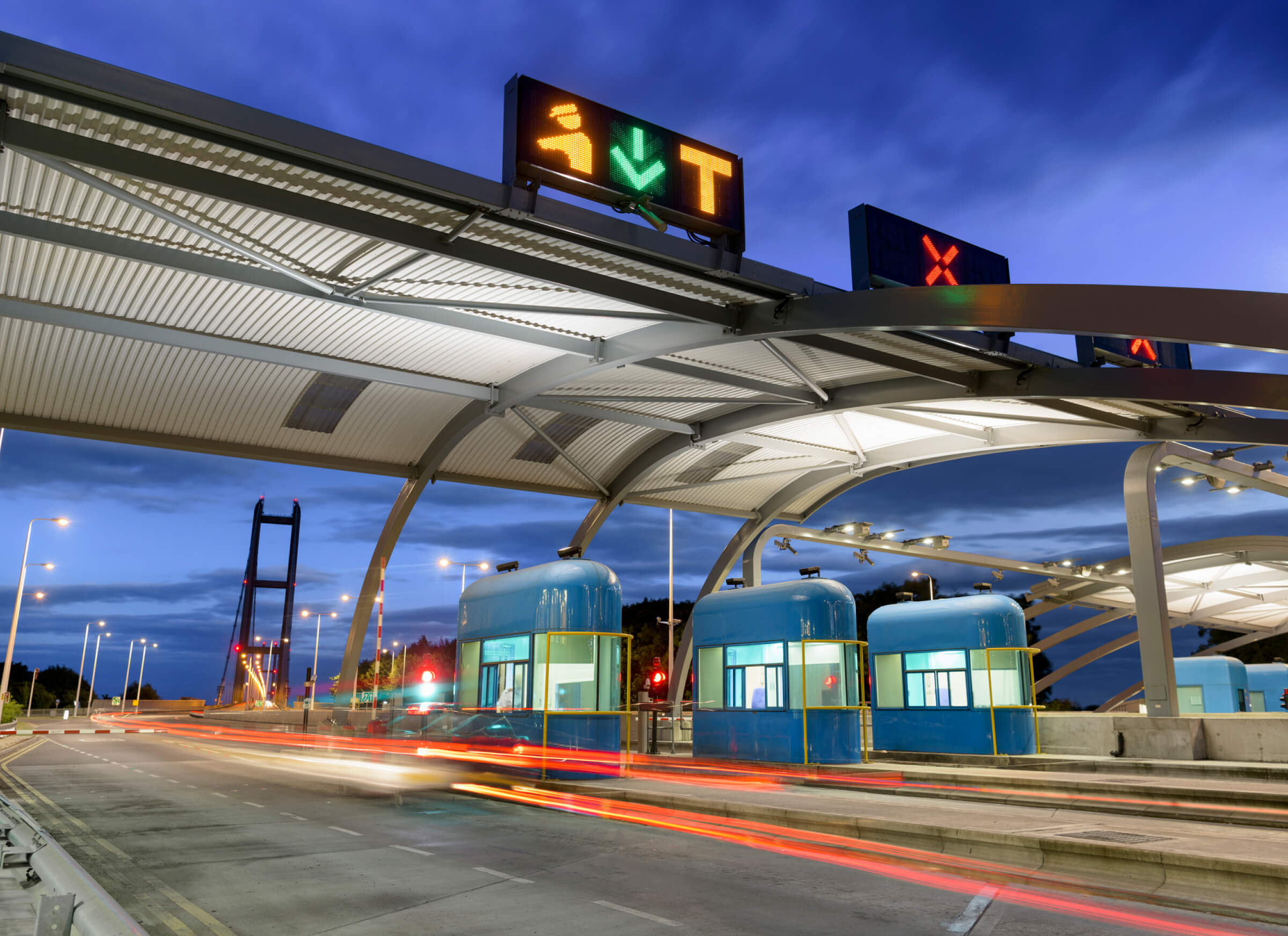Market access for road freight transport
- Regulation (EC) No 1071/2009, which regulates admission to the profession of road freight and road passenger transport operators in the EU, covering (up to now) road hauliers using vehicles of over 3.5 tonnes and commercial transport undertakings operating vehicles with seats for 9 passengers, including the driver, or more.
- Regulation (EC) No 1072/2009, which regulates access to the international road freight transport market and cabotage.

Main new elements of the new legislation
- As from 21 May 2022, transport undertakings using only road freight vehicles between 2.5 and 3.5 tonnes for hire and reward international transport will require a Community licence.
- For cabotage operations, the rule of 3 operations in 7 days is maintained, as well as the possibility to perform the operations in three different Member States. A cabotage period of 7 days always starts with international loaded journey entering a host Member State. The prior international loaded operation has to be fully unloaded before any cabotage operations can start. Cabotage can be provided in one single or in several host Member States. In the latter case, the number of operations is limited to one per Member State within 3 days of the unladen entry into the territory of that Member State.
- A 4-day cooling-off period is introduced at the end of a cabotage period in a host Member State. Cooling-off is possible in any Member State.
- Member States have the possibility to also apply the cabotage rules to the first and last national road leg of a combined transport operation.
- Hauliers will have to provide clear evidence for cabotage activity. This includes information on the preceding international loaded carriage, on each consecutive cabotage operation(s) carried out. In case the vehicle has been in the territory of the host Member State within four (4) days before the international carriage, the haulier will have to produce clear evidence of all operations carried out during that period.
Evidence required will have to be presented or transmitted on request and within the duration of the roadside check. Evidence may be presented or transmitted electronically, using a structured format, such as the e-CMR or the provisions of Council Regulation 11 of 1960 (See also Article 8.3 of Regulation (EC) No 1072/2009).
Additional clarifications and sources of information
Specific national provisions applicable for cabotage operations in eu member states of posting and remunerations applicable in the various EU Member States
Background
On 21 February 2022, Regulation (EC) No 1072/2009, amended by Regulation (EU) 1055/2020 entered into force. In addition, the European Commission (EC) published a new question and answer document to further clarify the new rules on cabotage.
The new rules indicate that Member States have several options to implement a number of elements. These are:
- The definition of a cabotage operation: Member States can determine the number of loading and unloading places and the number of consignment notes for a single cabotage operation.
- First and last domestic road legs of a combined transport operation: Member States can decide to apply the cabotage rules to those operations.
Number of loading and unloading places during a cabotage operation
The EC question and answer document indicates in its the answers to questions 4 and 5 that EU Member States can determine how many loading and unloading places and how many consignment notes can be included in one single cabotage operation, covering in particular:
- The maximum number of loading points allowed for one single cabotage operation;
- The maximum number of unloading points allowed for one single cabotage operation;
- The maximum number of consignment notes allowed for one single cabotage operation.
Combined transport and cabotage
Article 10.7 of Regulation (EC) No 1072/2009 gives Member States (MS) the possibility to apply the cabotage rules (Article 8 of the Regulation) to the domestic first and last road legs of a combined transport operation, to increase the cabotage period and decrease the cooling-off period.
Additional links and downloads
Common understanding & Enforcement rules
TRACE 2 project: training material on enforcement of MP1 rules
The TRACE (Transport Regulators Align Control Enforcement) 2 project aims to develop efficient and harmonized implementation of rules and changes introduced by Mobility Package 1.
In collaboration between CORTE, IRU, ETF, SQUARIS Consultants, and with the support of enforcer organizations ROADPOL and ECR, guidance and training material on the enforcement of new Mobility Package 1 rules were developed and are now available on the European Commission’s website here.
Training material
To organize training sessions for operators and drivers across the EU.
- IRU material (for IRU members only)
- Additional TRACE 2 enforcement material (guidance documents, presentations and videos)
TRACE 2 Enforcement Guidance Document on Regulation (EC) No 1072/2009 as modified by Regulation (EU) 2020/1055 – Access to Market available here.
Relevant rules contained in the EU-UK Trade and Cooperation Agreement
Whilst EU hauliers are governed by the Mobility Package changes in relation to cabotage and cross trade movements, it should be noted that when delivering into the UK and where cabotage operations are additional made, rules for EU hauliers are different than those allowed in the rest of the EU.
The UK/EU Trade & Co-Operations agreement (TCA) which can be viewed via this link, defines in its Article 462, item 7, the cabotage rules for EU hauliers. This must be read in conjunction with the other ‘conditions’ that are applied.
Article 462, item 7 reads:
7. Provided that the conditions in paragraph 2 are fulfilled, road haulage operators of the Union may undertake up to two laden journeys within the territory of the United Kingdom provided that such operations:
(a) follow a journey from the territory of the Union permitted under point (a) of paragraph 1;
(b) are performed within seven days of the unloading in the territory of the United Kingdom of the goods carried on the journey referred to in point (a).
The full ROAD Transport section states at Article 459.
There will be NO "cooling off" enforced in the UK, unlike that in the EU member states. Effectively, an EU haulier who has made the inbound delivery to the UK, and taken advantage of the 2 allowed cabotage movements, will need to leave the UK and re-enter with another inbound international delivery, to then immediately be able to make new cabotage movements.






